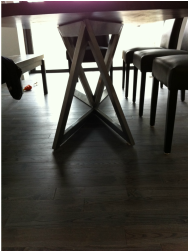
1. Bookshelves: sometimes metal and reclaimed barnboard combos, or simply 100% metal (we have an AMAZING reclaimed barnboard contact, by the way. Just ask!).
2. Table legs: though we are sometimes asked to make an entire table from steel (coffee, end or dining room), we more frequently get requests for custom legs from black iron, stainless or aluminum. Check out this beautiful stainless creation:
3. Countertops: stainless steel requests are frequent for this application, but copper and zinc countertops are big right now too. We’ve also done hemp-oiled/food-safe steel countertops for restaurants and bars.
4. Accents: in the same vein as the countertops, we are asked to do a lot of residential accents in metal. Examples include backsplashes, skylight trim, etc. The sky’s the limit!
5. Fireplace surrounds: these get a category to themselves. The fireplace surrounds, whether they be in stainless steel, Corten, or treated mild steel, are gorgeous focal points in a home or building lobby, and can suit any décor.
6. Railings: We do both exterior and interior railings out of just about any steel imaginable. Designs range from glass paneling to aircraft wire types, and enhance décor in any home or building.
RAILING | STAINLESS STEEL RAILING | RAILING
7. Staircases: we’ve also done numerous staircases from steel. Often these are in an industrial capacity, but we’ve also done absolutely stunning residential metal staircases with slate tile inlay. Again, one is only limited by one’s own imagination.
FRONT STAIRS | INDUSTRIAL STAIRCASE
8. Doors: Typically our door projects are sliding 'barn' doors made from steel. To ease up on the weight-load, we use a foam core, and create a durable steel frame, and steel veneer the structure.
SLIDING DOOR | POWDER-COATED SLIDING DOOR
9. Finally, another of our big ticket metal ‘design’ items is custom planter boxes. We make them from plate steel, plate aluminum, stainless steel or Corten, and the design possibilities are endless. We only do custom orders right now, so they are all specifically designed to fit the space for which they’re intended. Have a gander:
STAINLESS STEEL PLANTERS | OXIDIZED CORTEN PLANTER | CORTEN PLANTERS | ALUMINUM PLANTERS & PRIVACY SCREENS

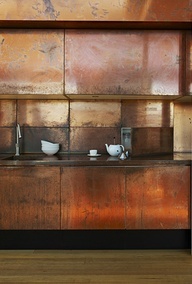
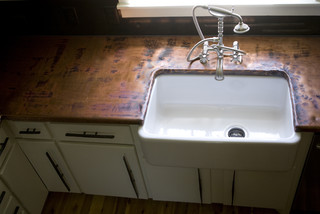
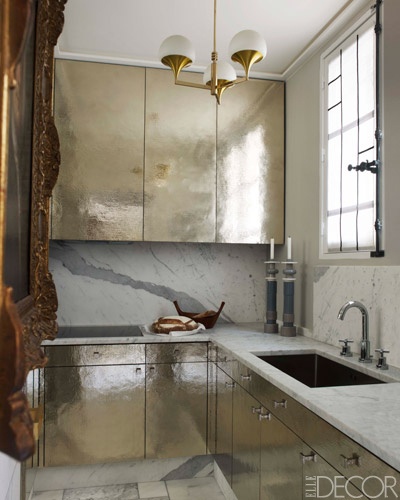
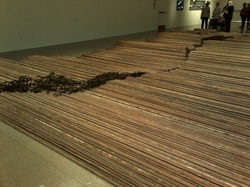
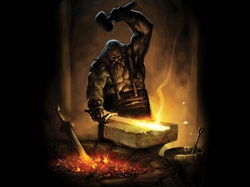
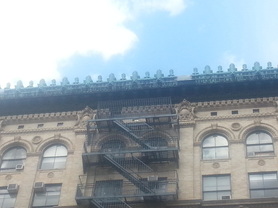
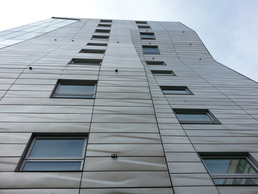
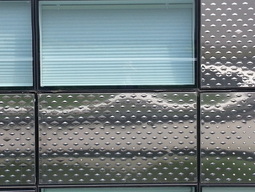


 RSS Feed
RSS Feed